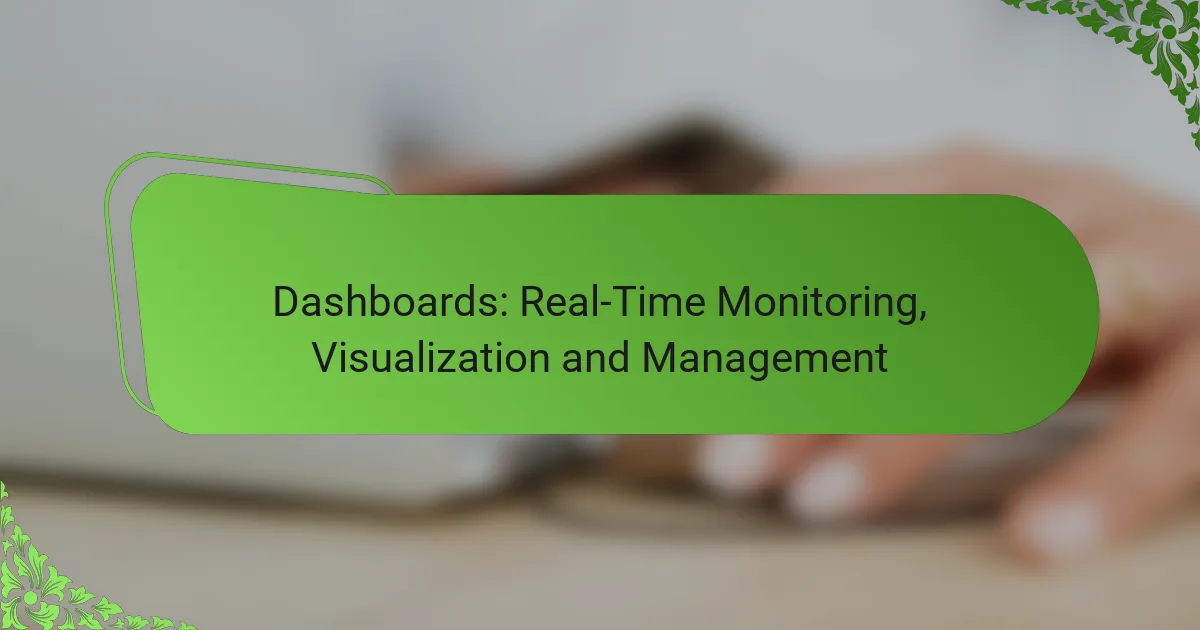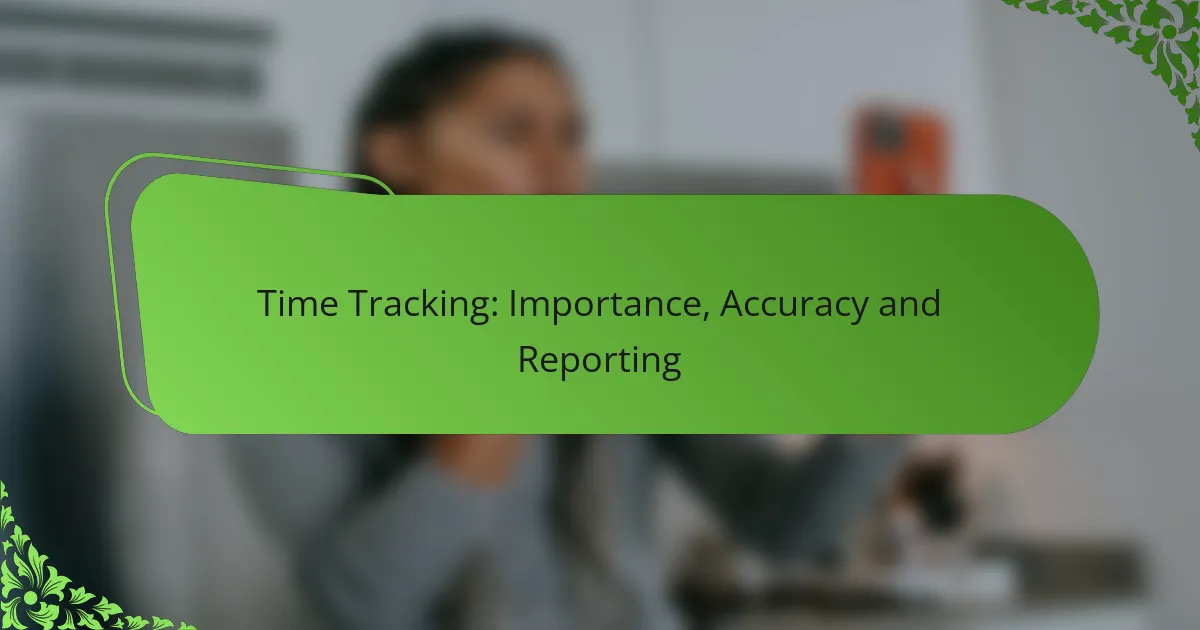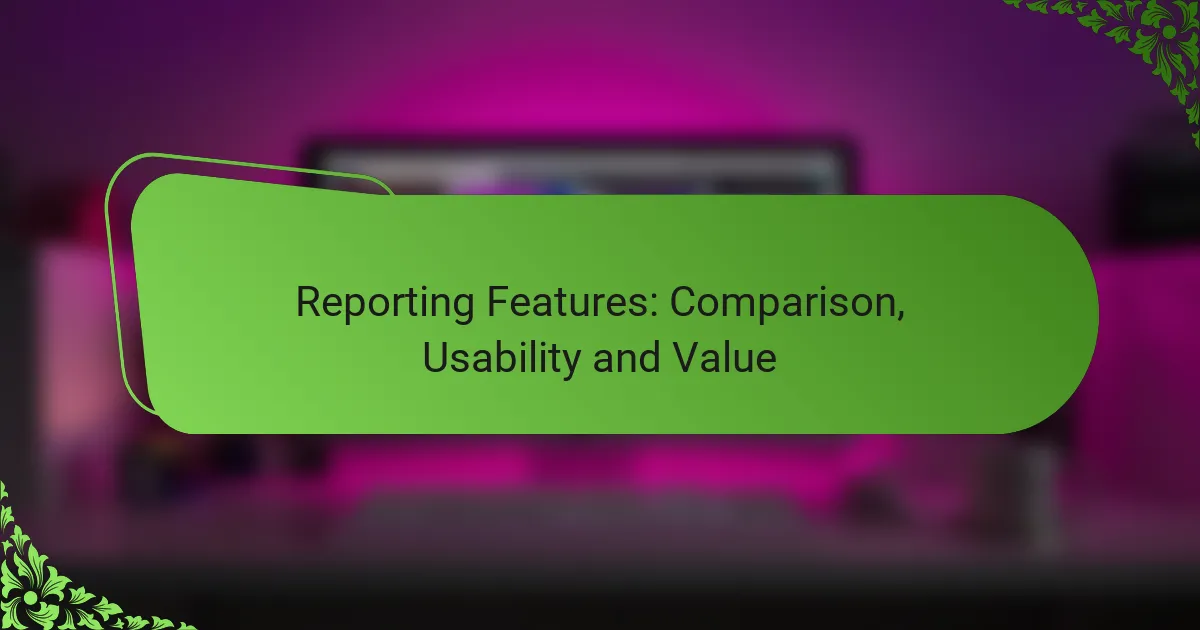Dashboards play a crucial role in real-time monitoring, offering powerful data visualization and management capabilities. By consolidating key performance indicators into an intuitive interface, these tools enable businesses to quickly interpret complex data and make informed decisions. Selecting the right dashboard involves considering features like integration options, user-friendliness, and collaboration tools to enhance teamwork and data sharing.

What are the best dashboards for real-time monitoring in Canada?
The best dashboards for real-time monitoring in Canada include tools that provide robust data visualization, easy integration with various data sources, and user-friendly interfaces. These platforms enable businesses to track key performance indicators (KPIs) and make informed decisions quickly.
Tableau
Tableau is a leading data visualization tool that excels in real-time monitoring. It allows users to create interactive dashboards that can connect to various data sources, including databases and cloud services. Its drag-and-drop interface makes it accessible for users without extensive technical skills.
For Canadian businesses, Tableau offers features that comply with local data privacy regulations, ensuring that sensitive information is handled appropriately. Users can benefit from its extensive community support and a wealth of online resources for troubleshooting and best practices.
Power BI
Power BI, developed by Microsoft, is another popular choice for real-time monitoring. It integrates seamlessly with other Microsoft products, making it ideal for organizations already using tools like Excel or Azure. Power BI provides a variety of visualization options and real-time data updates.
Canadian users can take advantage of Power BI’s ability to connect to local data sources and its compliance with Canadian data protection laws. The platform also offers a free tier, allowing businesses to explore its capabilities before committing to a paid plan.
Google Data Studio
Google Data Studio is a free tool that enables users to create customizable dashboards for real-time monitoring. It connects easily with various Google services, such as Google Analytics and Google Sheets, making it a convenient option for businesses already using these platforms.
In Canada, Google Data Studio is particularly useful for small to medium-sized enterprises looking for cost-effective solutions. Its collaborative features allow multiple users to work on reports simultaneously, enhancing teamwork and data sharing.
Looker
Looker is a powerful business intelligence tool that focuses on data exploration and real-time analytics. It allows users to create tailored dashboards that provide insights into various business metrics. Looker’s modeling language, LookML, enables advanced users to define data relationships and calculations.
For Canadian businesses, Looker offers robust data governance features, ensuring compliance with local regulations. Its ability to integrate with multiple data sources makes it suitable for organizations with complex data environments.
Qlik Sense
Qlik Sense is a self-service data analytics platform that supports real-time monitoring through its associative data model. This feature allows users to explore data freely and uncover insights without being restricted by predefined queries. Qlik Sense is known for its powerful visualization capabilities.
In the Canadian market, Qlik Sense provides strong support for data security and compliance, making it suitable for industries that handle sensitive information. Its mobile-friendly design allows users to access dashboards on the go, enhancing decision-making flexibility.

How do dashboards enhance data visualization?
Dashboards enhance data visualization by providing a consolidated view of key metrics and performance indicators in real-time. They allow users to quickly interpret complex data through visual elements, making it easier to identify trends and make informed decisions.
Interactive charts and graphs
Interactive charts and graphs are essential components of dashboards that enable users to engage with the data. By allowing users to hover, click, or zoom in on specific data points, these visualizations provide deeper insights and facilitate exploration of underlying patterns.
For instance, a sales dashboard might feature a bar chart that users can click to drill down into specific regions or products, revealing detailed performance metrics. This interactivity transforms static data into a dynamic experience, enhancing understanding and retention.
Customizable layouts
Customizable layouts allow users to tailor dashboards according to their specific needs and preferences. Users can rearrange, resize, or remove widgets to focus on the most relevant data, ensuring that the dashboard serves their unique objectives.
For example, a marketing team might prioritize social media metrics over website traffic, adjusting the layout to highlight those KPIs prominently. This flexibility not only improves usability but also increases user engagement with the dashboard.
Real-time data updates
Real-time data updates are crucial for maintaining the relevance and accuracy of dashboard information. Dashboards that refresh automatically provide users with the latest insights, enabling timely decision-making based on current conditions.
For example, a financial dashboard that updates every few seconds can help traders react swiftly to market changes, potentially impacting their investment strategies. Ensuring that data is current minimizes the risk of acting on outdated information, which is vital in fast-paced environments.

What features should I look for in a dashboard tool?
When selecting a dashboard tool, focus on features that enhance real-time monitoring, visualization, and management. Key aspects include integration capabilities, a user-friendly interface, and collaboration tools that facilitate teamwork and data sharing.
Integration capabilities
Integration capabilities are crucial for a dashboard tool as they determine how well it can connect with other software and data sources. Look for tools that support APIs, data connectors, and compatibility with popular platforms like CRM systems, databases, and cloud services.
Consider tools that allow seamless data import from various sources, enabling real-time updates and comprehensive analysis. A good dashboard should easily integrate with tools you already use, reducing the need for manual data entry and ensuring accuracy.
User-friendly interface
A user-friendly interface is essential for ensuring that all team members can effectively utilize the dashboard. Look for intuitive designs that allow users to navigate easily, customize views, and access data without extensive training.
Features like drag-and-drop functionality, customizable widgets, and clear visualizations can significantly enhance usability. A well-designed interface minimizes the learning curve and encourages regular use, which is vital for effective monitoring and management.
Collaboration tools
Collaboration tools within a dashboard facilitate teamwork by allowing users to share insights and data in real time. Look for features such as comment sections, shared dashboards, and notifications that keep team members informed and engaged.
Effective collaboration tools can help streamline decision-making processes and ensure that everyone is on the same page. Consider dashboards that offer role-based access, enabling team members to view or edit data according to their responsibilities, enhancing both security and efficiency.

How can dashboards improve management decision-making?
Dashboards enhance management decision-making by providing real-time data visualization and insights that facilitate informed choices. They consolidate key performance indicators (KPIs) and metrics, allowing managers to quickly assess performance and identify areas needing attention.
Data-driven insights
Dashboards deliver data-driven insights by aggregating information from various sources, enabling managers to make decisions based on factual evidence rather than intuition. These insights can highlight operational efficiencies, customer behavior patterns, and financial performance, leading to more strategic planning.
For instance, a sales dashboard might reveal which products are underperforming, prompting management to investigate potential causes and adjust marketing strategies accordingly. Utilizing data visualization tools can make complex data more digestible, ensuring that insights are accessible to all stakeholders.
Performance tracking
Performance tracking through dashboards allows managers to monitor KPIs in real-time, ensuring that organizational goals are being met. By visualizing metrics such as sales figures, customer satisfaction scores, or production efficiency, managers can quickly identify trends and anomalies.
For example, if a dashboard shows a sudden drop in customer satisfaction ratings, management can investigate the issue promptly, potentially averting long-term damage. Regularly reviewing these metrics helps maintain accountability and encourages teams to stay aligned with business objectives.
Trend analysis
Trend analysis is facilitated by dashboards, allowing managers to observe patterns over time and make predictions about future performance. By analyzing historical data visualized on a dashboard, organizations can identify seasonal trends, market shifts, or emerging risks.
For example, a dashboard may show a consistent increase in online sales during the holiday season, prompting management to prepare inventory and marketing strategies in advance. Understanding these trends can lead to proactive decision-making, ensuring that resources are allocated effectively to capitalize on opportunities.

What are the pricing models for dashboard software?
Dashboard software typically offers several pricing models, including subscription-based plans, one-time purchase options, and free tiers. Understanding these models helps businesses choose the best fit for their budget and needs.
Subscription-based pricing
Subscription-based pricing is a common model where users pay a recurring fee, often monthly or annually, for access to the dashboard software. This model usually includes updates, support, and cloud hosting, making it a convenient option for many organizations.
Costs can vary widely, typically ranging from around $10 to $100 per user per month, depending on features and service levels. Businesses should assess their usage needs and budget to determine the most cost-effective plan.
One-time purchase options
One-time purchase options allow users to buy the software outright, providing a perpetual license. This model can be appealing for organizations that prefer to avoid ongoing fees and have the resources to manage updates and support independently.
Prices for one-time purchases can range from a few hundred to several thousand USD, depending on the complexity and capabilities of the software. However, users should consider potential future costs for updates and support, which may not be included.
Free tier availability
Many dashboard software providers offer a free tier, allowing users to access basic features without any cost. This option is ideal for small businesses or individuals looking to explore the software’s capabilities before committing financially.
Free tiers often come with limitations, such as reduced functionality or user caps. Users should evaluate whether the free version meets their needs or if they will need to upgrade to a paid plan for additional features and support.

What are the prerequisites for implementing a dashboard solution?
Implementing a dashboard solution requires a clear understanding of your data sources, user needs, and technical infrastructure. Key prerequisites include defining objectives, selecting appropriate tools, and ensuring data quality and accessibility.
Understanding your data sources
Before creating a dashboard, identify the data sources you will use. This could include databases, APIs, or spreadsheets. Ensure that these sources are reliable and provide real-time or near-real-time data to enhance the dashboard’s effectiveness.
Consider the types of data you need, such as sales figures, website traffic, or customer feedback. Understanding the structure and format of this data is crucial for accurate visualization and analysis.
Defining user needs and objectives
Clearly outline the objectives of the dashboard and who will be using it. Different stakeholders may require different insights, so gather input from users to tailor the dashboard to their specific needs. This can help prioritize which metrics to display prominently.
Establish key performance indicators (KPIs) that align with your business goals. This ensures that the dashboard delivers actionable insights that drive decision-making.
Choosing the right tools and technologies
Selecting the appropriate dashboard tools is essential for successful implementation. Evaluate options based on user-friendliness, integration capabilities, and customization features. Popular tools include Tableau, Power BI, and Google Data Studio, each offering unique strengths.
Consider the technical requirements of your organization, such as cloud vs. on-premise solutions, and ensure that the chosen tools can scale with your needs.
Ensuring data quality and accessibility
Data quality is critical for effective dashboards. Implement processes to clean and validate data before it is visualized. This reduces the risk of misleading insights and enhances user trust in the dashboard.
Additionally, ensure that users have easy access to the dashboard. This may involve setting up user permissions and training sessions to help users navigate the dashboard effectively.










